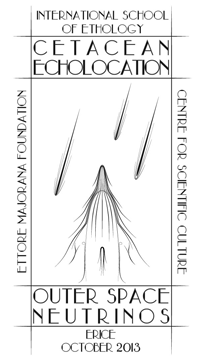Speaker
Dr
Jonathan Vallarta
(Jasco Applied Sciences)
Description
Spatial prediction methods were used to produce contour surface maps in order to document baseline ambient and anthropogenic noise conditions, and to examine the spatial and temporal distribution of marine mammals based on acoustic detections of their vocalizations. Two main groups of interpolation techniques to create contour surface maps are deterministic and geostatistical. These are based on either the degree of smoothing or the statistical properties of the measured points respectively. To generate a contour surface map that represents the empirical reality, the the two grouping interpolation techniques were assessed for accuracy by using mean-absolute-error and root-mean-square-error.
We chose Radial basis function (RBF) as a deterministic interpolation technique that calculates predictions from the measured points. This was based on the assumption that the interpolating surfaces should be influenced by a function of their radial distance from a grid point and that the surface must pass through each measured sample value. RBF was found suitable for representing the spatial and temporal distribution of bowhead whale (Balaena mysticetus) counter calls in the Chukchi Sea.
Ordinary Kriging (OK) was chosen as a geostatistical interpolation technique that relies on both statistical and mathematical methods to create surfaces and assess the uncertainty of the predictions. Unlike RBF, OK requires the form and parameter values of the spatial dependence of the spatial process in terms of a semivariogram model. Since the semivariogram model is not known in advance, we used a geostatistical model approach to estimate the semivariogram model. Then the appropriate model fitted the empirical values by matching the shape of the curve of the experimental semivariogram to the shape of the curve of the mathematical function. OK resulted in an accurate prediction of ambient and anthropogenic noise conditions at larger study areas.
Author
Dr
Jonathan Vallarta
(Jasco Applied Sciences)
Co-author
Bruce MARTIN
(Jasco Applied Sciences)

